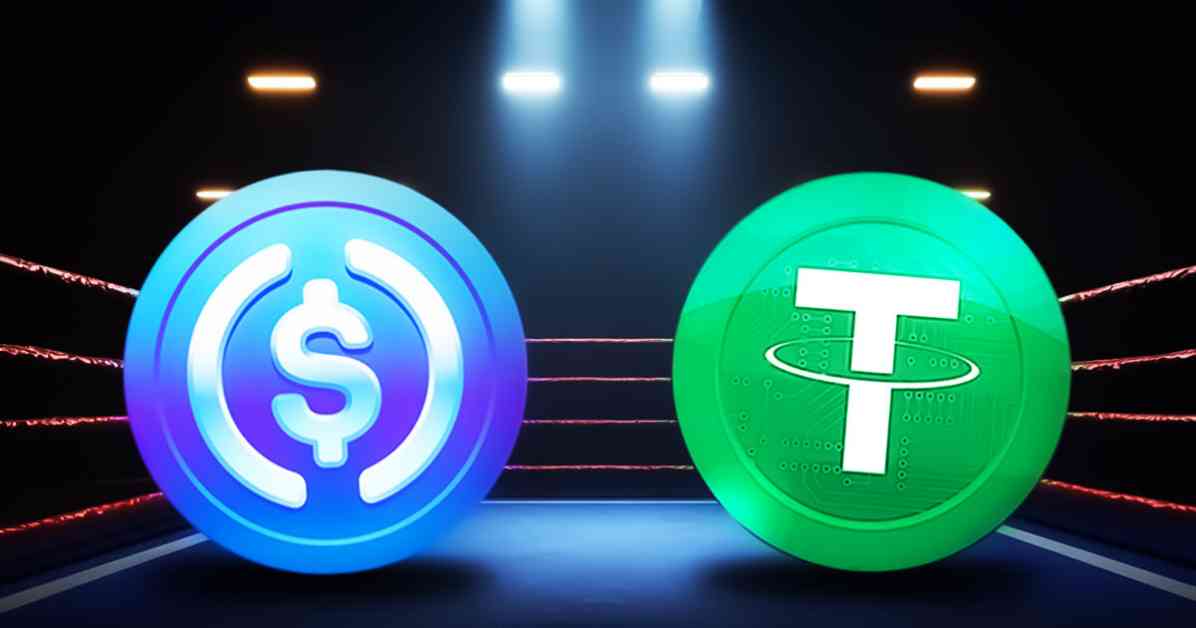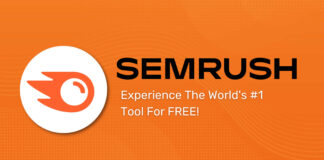Stablecoins like USDT and USDC have become essential components of the digital finance world due to their stability and 1:1 peg to the US dollar. As their use for everyday transactions continues to grow globally, many people are faced with the decision of choosing between USDT and USDC. While they serve the same purpose, there are key differences to consider.
USDC is known for its transparency, with Circle providing monthly attestation reports conducted by independent accounting firms. This level of transparency enhances user trust and regulatory acceptance. On the other hand, Tether, the issuer of USDT, has faced scrutiny over its transparency practices, despite asserting that each USDT token is backed by reserves equal to its supply and now offering quarterly reports to improve transparency.
When it comes to regulatory compliance, USDC has an edge, especially for institutions and within traditional financial systems. Circle stores its reserves in regulated US financial institutions and adheres to strict Know Your Customer (KYC) and Anti-Money Laundering (AML) guidelines. While Tether has made compliance improvements, some find their regulatory approach less transparent. However, Tether has denied allegations of violating AML guidelines and has a history of cooperation with law enforcement.
USDT boasts high liquidity and extensive adoption, making it a popular choice for traders. Its availability on numerous exchanges and frequent use in trading pairs contribute to its status as the most traded stablecoin by volume. Transaction fees for stablecoins vary depending on the blockchain network used, with Solana and Algorand offering fast transactions at low costs.
The increasing popularity of stablecoins like USDT and USDC can be attributed to tightening banking regulations and the efficiency and reduced risk they offer for transactions. Traditional payment giants like Visa and Mastercard have taken notice of the growing trend and started integrating stablecoins into their operations.
As the stablecoin market continues to evolve, it’s crucial for users to choose between USDT and USDC based on their individual needs and priorities. Whether prioritizing market access and flexibility or security and compliance, both stablecoins play essential roles in the crypto ecosystem. The economic impact of stablecoin assets, such as USDT’s significant returns from investments in US treasury bills, highlights their growing influence in the crypto world.
In conclusion, stablecoins are poised to become even more popular as they combine the benefits of cryptocurrency with traditional finance. Understanding the differences between USDT and USDC and how they cater to different user needs is vital for making an informed decision in the thriving stablecoin market.














